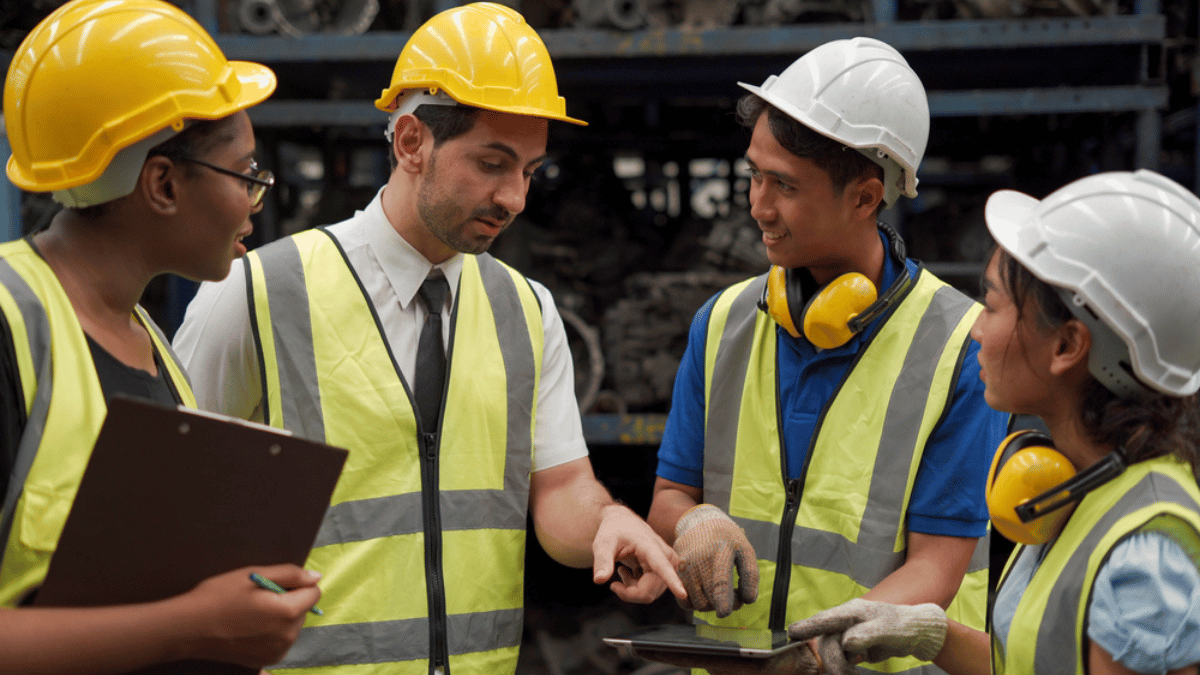Construction Safety Week provides a valuable moment to reflect on the evolving landscape of B.C.’s construction industry and the critical importance of prioritizing occupational health and safety (OHS) amidst its substantial growth.
Over the past decade, B.C.’s construction industry has experienced a 40% increase in employers and a 20% rise in full-time employees, a trend expected to continue. The industry has also grown more complex, with taller buildings, larger multi-employer projects, and a wider variety of equipment on worksites.
Despite these changes, there has been a decline in the time-loss claims rate over the last decade. In 2013, construction had a time-loss claims rate of 3.99 per 100 workers. This improved to 2.98 in 2022, a testament to the efforts of construction employers and their workforce.
However, complacency is not an option. Serious injuries still account for approximately 15% of injury claims in the construction industry. Construction remains one of the highest-risk industries in the province, and recent crane-related incidents have highlighted many of the inherent dangers in construction work.
WorkSafeBC’s Focus
WorkSafeBC’s 2024 Construction Planned Inspectional Initiative involves proactive, unannounced inspections. This program aims to reduce the construction industry’s serious injury rate and time-loss claims rate through a risk-based approach.
In 2024, our focus is on addressing struck-by incidents involving mobile equipment and falls from elevation. These two factors are major drivers of the serious injury rate. Additionally, we are targeting musculoskeletal injuries (MSIs). These injuries significantly contribute to the volume of claims, resulting in lost workdays and reduced productivity.
Employers should be prepared for workplace inspections at any time. When a WorkSafeBC officer visits your site, they will focus on the most significant risks. They will check for proper hazard identification, risk evaluation, and control implementation. Officers will also examine the entire worksite to assess how well your safety management system is functioning.
Risk Management: The Basis of a Safe Worksite
Effective risk management is critical to a safe construction site. Employers must proactively identify potential hazards, assess risks, and implement measures to control those risks.
Involve your workers at every step of the risk management process. They know the work best and will ensure your OHS program effectively identifies and addresses potential risks. Additionally, when workers are involved, they feel valued and empowered, which enhances job satisfaction and productivity.
Safety Culture: A Foundation for Flexibility
In an organization with a positive health and safety mindset, managers, supervisors, and workers share common values that prioritize worker health and safety. They anticipate unsafe acts and conditions, correcting them before harm occurs. They actively engage in injury and disease prevention and take ownership of health and safety issues, which helps them adapt to changes in the sector.
As construction activity increases across the province, employers must remember their legal responsibility to ensure the right systems and processes are in place to keep workers safe. This responsibility includes maintaining open lines of communication with workers, focusing on planning, site coordination, supervision, and ongoing training. Robust systems must support all workers, especially new and young workers.
Building a strong health and safety culture in construction will positively impact both your workers and your bottom line.

